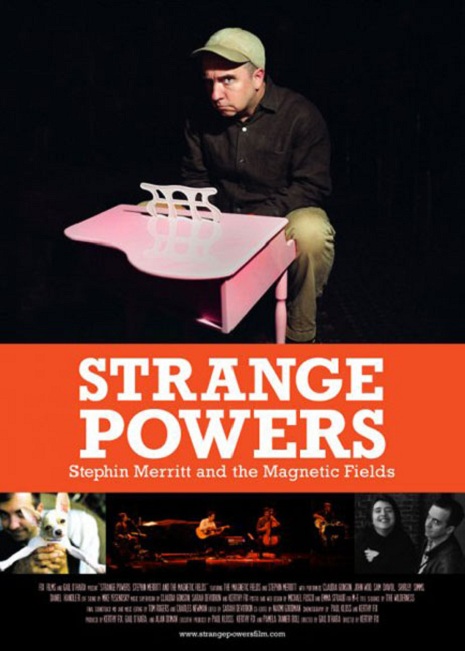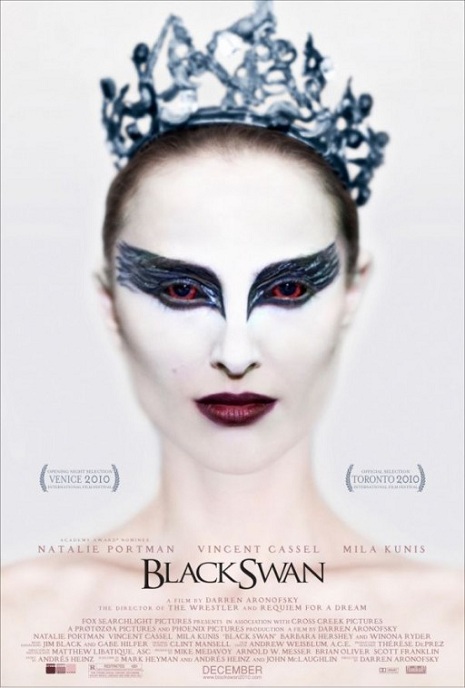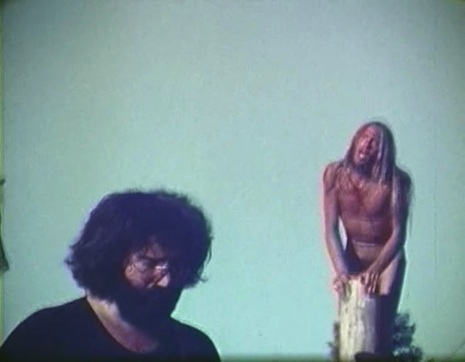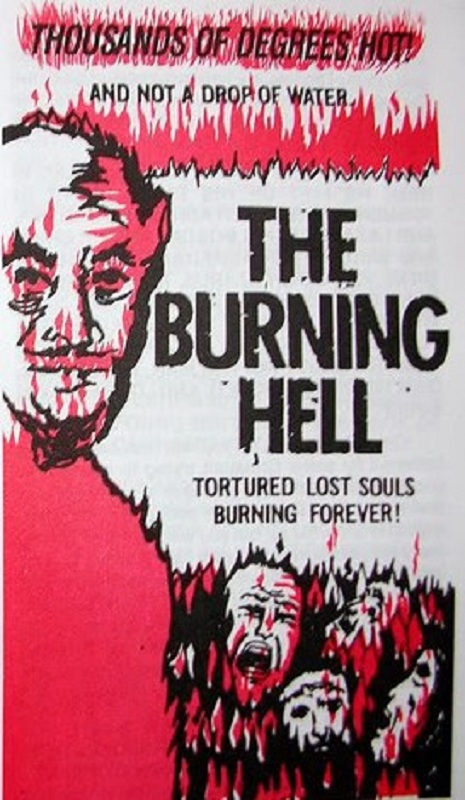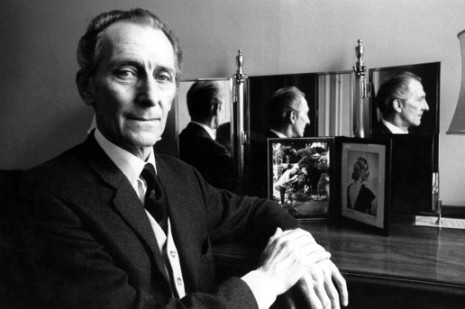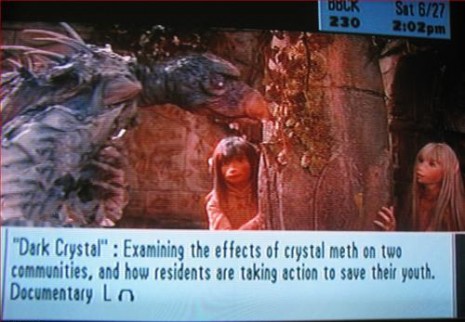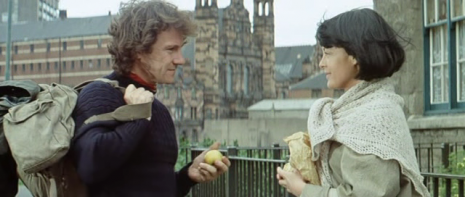
Rob Spence, a Toronto based film-maker lost his eye in a shooting accident when he was a teenager. Nearly twenty years later, Spence has replaced his eye with a miniature camera that records all that he sees.
The protoype eye was named by Time magazine as one of the best inventions of 2009. Spence calls himself Eyeborg and blogs about his experiences.
Spence uses the electronic eye not for sight, but to record and document what he sees.
This brings to mind Bertrand Tavernier‘s superior, 1980 film Death Watch (La Mort en Direct) based on the novel The Unsleeping Eye by David G Compton.
In the film, Harvey Keitel plays Roddy, a man who has a camera implanted in his eye, in order that he may film a documentary about a terminally ill woman, Romy Schneider, who he follows, for a top rated TV show called Death Watch, in her day-to-day existence as she prepares to die.
Shot on location in a grim and foreboding Glasgow, Death Watch has withstood its initial poor reviews to remain a highly relevant and important film for our age. Long before Ob Docs and Reality TV, this darkly moving and disturbing movie, has proved itself far more prescient in its criticism of media intrusion into our lives than most contemporary films.
Death Watch appears now and again on-line, but only a few fleeting shots are available on You Tube. There is, however, a French TV interview with Tavernier, which can be viewed here
Bonus clip of Eyeborg plus pix from ‘Death Watch’ after the jump…







